Category: Latter-day Saint Thought
-
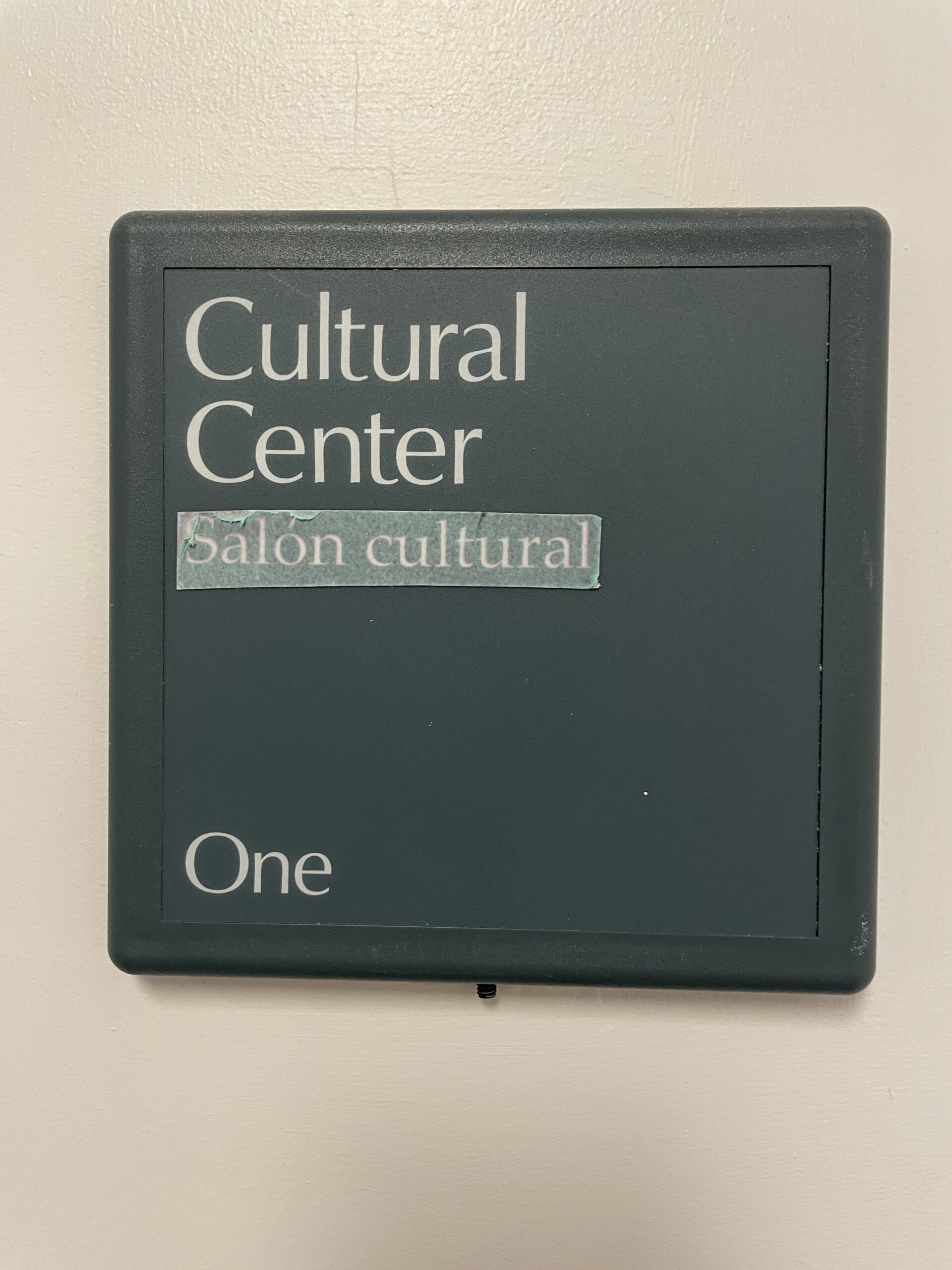
Should We Just Do It Ourselves?
Assuming you are regularly in an LDS ward and stake buildings in the U.S., and likely other places as well, signs like this one are probably familiar. The Church uses uniform and consistent materials in buildings, and most, if not all, rooms have a label like this on them. The size, font and orientation of…
-
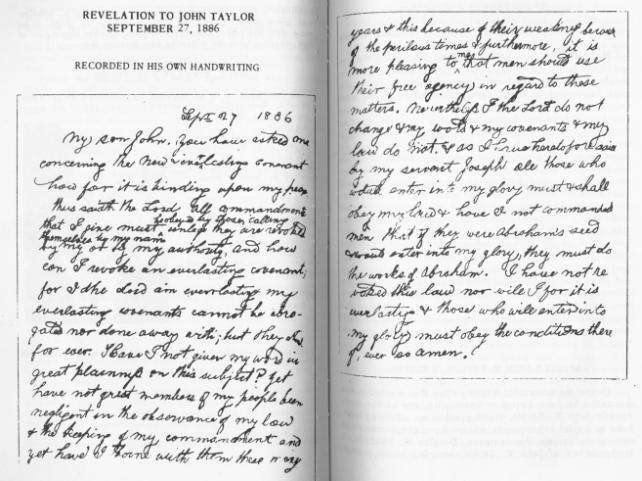
Monogamy is the Rule, Part 3: The 1886 Revelation
Back in November, I started a series entitled Monogamy is the Rule, outlining why we should expect monogamy to be the standard for marriage, both in this life and in the life to come. In the first of the series, I discussed how commandments and expectations from the Lord can change at different times, and…
-

CFM 5/5-5/11: Poetry for “The Promises … Shall Be Fulfilled”
D&C 45 covers a lot of different things, from the role of the Savior to the safety of Zion. In the last few decades our LDS culture has also made a lot of this section’s observation that His disciples will ‘stand in holy places, and … not be moved.’ As an image that description suggests…
-

Canonization, Part 2: The Future of Canon?
In my last post, I discussed the process of canonization. While formal canonization has been rare since the late 19th century, key additions to the scriptural canon—such as the Pearl of Great Price and select sections of the Doctrine and Covenants—highlight a pattern shaped by prophetic authorship, broad communal use, and alignment with institutional priorities.…
-

Canonization, Part 1: Functional Canon to Formal Canon
Canonization is a fascinating process. And with an open canon, Latter-day Saints have the potential to expand books of scriptures like the Doctrine and Covenants and Pearl of Great Price. The process of expanding the canon is a rare event in The Church of Jesus Christ of Latter-day Saints, especially since the 1870s, but some…
-

Latter-day Saints Love Jews
Orson Hyde dedicating the Holy Land for the return of the Jews in the style of Jewish artist Chagall While the confidence intervals are large, a relatively recent Pew survey suggests that Latter-day Saints are the most pro-Jewish religious group besides Jews themselves, and an older Gallup survey shows that Latter-day Saints are the most…
-
Christ and Community, 4: Let Your Light So Shine
Doing good works for proselytizing purposes is fine. I’ve heard complaints that doing so is somehow selfish (Helping Hands shirts, etc), and people point to Matthew 6:1-4. But there’s also Matthew 5:14-16 “let your light so shine before men, that they may see your good works, and glorify your Father which is in heaven.” I’d…
-
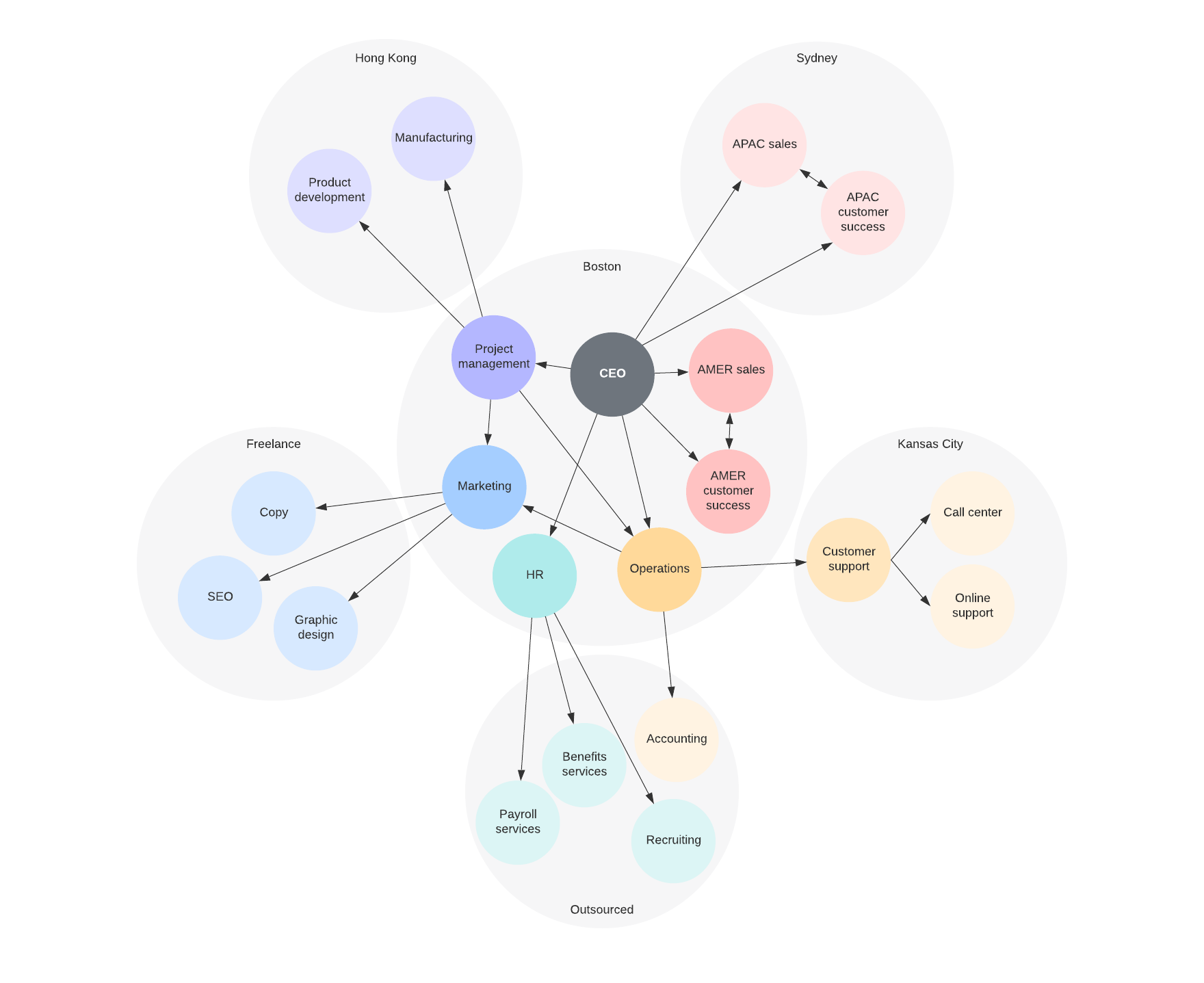
CFM 4/28-5/4: Poetry for “My Law to Govern My Church”
Organizations require structure. And the larger that an organization gets, the more structure it needs. That might seem pretty obvious in today’s world, but I suspect it was less obvious in the 1830s among the Saints who had joined the church, many because of the way other churches operated. After the ‘constitution’ of the Church…
-

A New Look at the 1832 Account of the First Vision
The 1832 account of the First Vision has always been treated as the black sheep of the family when it comes to contemporary accounts of that event. It is the most unique out of the accounts in several ways. Kyle Beshears recently published a chapter, giving an important explanation of some of those differences. He…
-

Abinidi or Limhi?
While I don’t know if Abinidi and Limhi knew of each other, I think it’s likely that they did. Abinidi is, of course, known for his parrhesia before King Noah, and Limhi is Noah’s son, who succeeded him and whose later comments indicated that he knew his father was doing evil. Today, most of the…
-
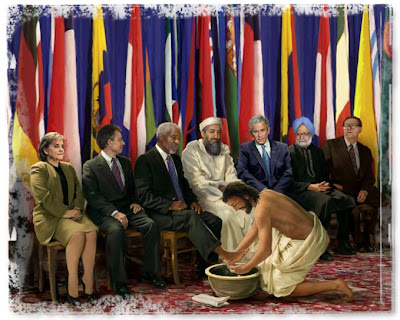
The Amish and Radical, Decisional Forgiveness
A controversial image, but I think it makes the radical love point quite well. The infamous Nickel Mines massacre of Amish schoolchildren–and the community’s supernal forgiveness towards the killer and his family–is familiar to Latter-day Saints through President Faust’s 2007 address “The Healing Power of Forgiveness.” For those of you who do not remember the…
-
Christ and Community, 3: “Sell Whatever Thou Hast”
So here I present an idea about Christ’s injunction to the rich young man that I read in a book I really like. We all know the story and know it’s often used to as bludgeon to declare that Christians are coming up short of their charitable obligations.
-
CFM 4/21-4/27: Poetry for “If Ye Are Not One Ye Are Not Mine”
I feel like I could just repeat the introduction I made three weeks ago, to the lesson for the week ending April 6th, which also spoke about the gathering. However, this week’s lesson is a little different, since it focuses on why we are gathered instead of simply that there is a commandment to gather.…
-
Christ and Community, 2: Striving for the Ideal
It was a Jehovah’s Witness many years ago that pointed out to me the connection between “these my brethren” in Matthew 25:40 and Jesus calling those who “do the will of God … my brother, and my sister, and mother.” (Mark 3:31-35, Matt 12:46-50, Luke 8:19-21. See the comments in my last post). I’m interested…
-
A History of Young Women’s Organizations in the Church
The Church Historian’s Press recently published a history of the Young Women’s organization in the Church entitled Carry On: The Latter-day Saint Young Women Organization, 1870–2024. In connection with the release of this landmark study, Lisa Olsen Tait discussed the book in a recent interview at the Latter-day Saint history blog From the Desk. What follows…
-
Christ and Community: Introduction
I want to share a few thoughts on Christianity and community building. I know this is a big topic discussed for thousands of years, but I want to give my two cents anyway despite not being a trained theologian. In my amateur opinion, I do think that Jesus said that community building was important and…
-
CFM 4/14-4/20: Poetry for “I Am He Who Liveth, I Am He Who Was Slain”
The Come Follow Me lesson for the week ending on April 20th, Easter, takes a break from the section order in the Doctrine and Covenants to focus on how Christ is portrayed in the scripture. The lesson focuses on three attributes of Christ’s role: His living nature, his gift of the resurrection to all of…
-
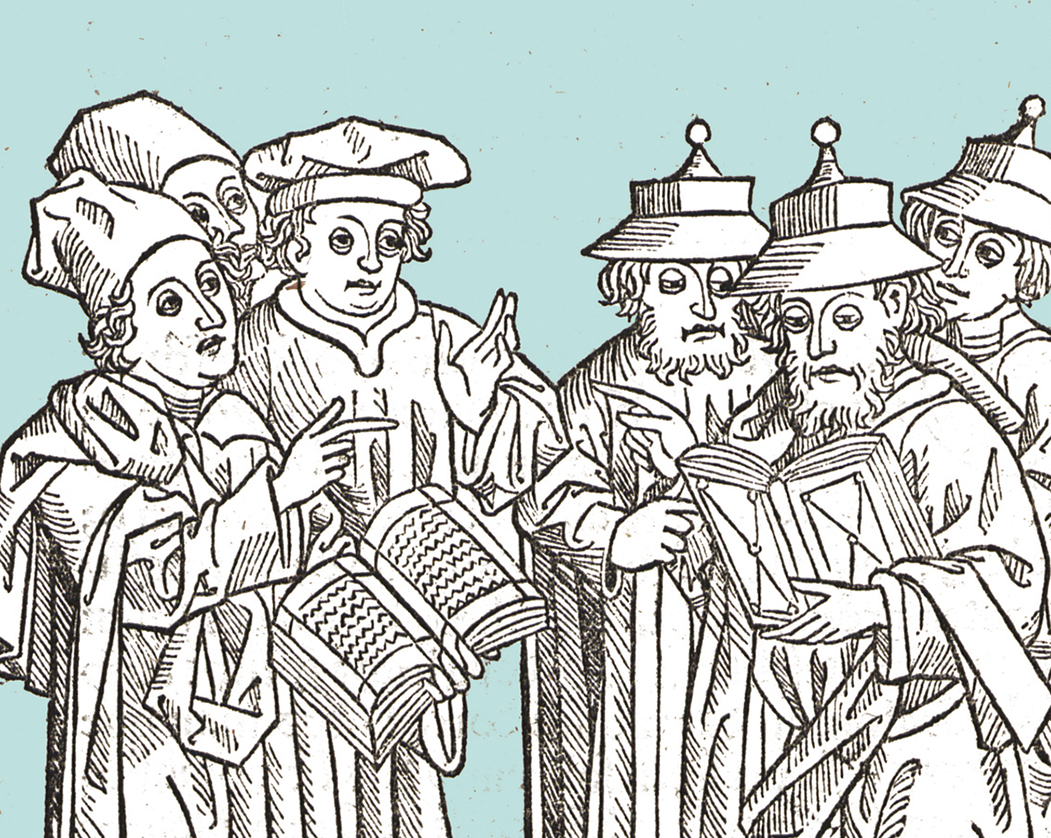
Religions on Trial, Then and Now
Note: This was in the queue before I realized that it was falling on General Conference weekend, so it’s not in response to anything said over the pulpit. I recently read an account of the three great medieval Jewish-Catholic disputations (Judaism on Trial, McCoby). These were debates arranged by the Christian authorities where the top…
-
Samuel Weber on Adam-God Doctrine
One observation about Brigham Young—particularly when it comes to his most controversial ideas, like the Adam-God teachings—is that he tended to take ideas from Joseph Smith and then amplify them. The priesthood and temple ban on individuals with black African ancestry, for example, can be seen as an expansion of things Joseph Smith accepted and…
-
The Voice of the Lord: A Review
BYU published a few books late last year in connection with the Doctrine and Covenants. Among these is The Voice of the Lord: Exploring the Doctrine and Covenants, edited by Alexander L. Baugh. The book is a collection of essays previously published by BYU in a variety of forums (Sydney Sperry symposium publications, Religious Educator…
-
Making Sense of Prophecies: An Update
A while ago, I published a series of posts, “Making Sense of Prophecies,” that connected my academic research to the prophecy of “Lutius Gratiano.” (You know the one: “The old true gospel and the powers thereof are lost….”) Then the editor of the Journal of Mormon History suggested the topic might work as an article.
-

CFM 4/7-4/13: Poetry for “ Lift Up Your Voices … to Declare My Gospel”
For a lesson titled “Declare My Gospel”, the individual sections don’t seem to focus as much on missionary work as you would think. Instead, the missions discussed are more like the statement often attributed to St. Francis, “Preach the gospel. If necessary use words.” Of course, the problem with preaching through actions, even though they…
-
Joseph Smith and the Ancient Theology: Conclusion
So I wanted to wrap up a few more thoughts I mentioned in my last post, but at the request of the TS bloggers, I put them over at the Juvenile Instructor. So you can check them out over there. One on BH Roberts’s problematic claims of Platonism corrupting Christianity, another noting problems with Stephen…
-
The Confessing Church
People are probably going to bring up the Confessing Church frequently, so it’s best to get some things straight at the outset.
-
On a New Edition of Teachings of the Prophet Joseph Smith
When I was on my mission, there were a few hot commodities on the book market that most of the missionaries wanted to get their hands on. Foremost among them were Teachings of the Prophet Joseph Smith and Joseph Smith: Rough Stone Rolling, with bookstores in Nauvoo, Illinois being the location in my mission where missionaries could…
-

CFM 3/31-4/6: Poetry for “Jesus Christ Will Gather His People”
The concept of gathering maybe one of the most-changed concepts in LDS belief. In D&C 29 the call to be “gathered in unto one place upon the face of this land” clearly refers to a physical gathering, where members of the church lived near each other. Later the number of places of gathering increased, and…
-

When are We “Done” with Book of Mormon Translations?
Book of Mormon in Elvish per Scripture Central In terms of translating sacred scripture, we have nothing on the Protestants. One of the go-to sources for describing and cataloging languages, the publication Ethnologue, was originally started (and is still used, I believe) as a tool to help Evangelical Christians record which languages still needed Bible…
-
On Section 25
The reading associated with this week in “Come, Follow Me” includes section 25 of the Doctrine and Covenants, the revelation addressed to Emma Hale Smith. Luckily, the Latter-day Saint history blog From the Desk published an interview with Robin Jensen on that very subject, including a great discussion about how the revelations were a collaborative…
-

Civil religion and imperial cult
What does it mean to abstain from food polluted by idols? It’s one of the more pressing questions that we face today.
